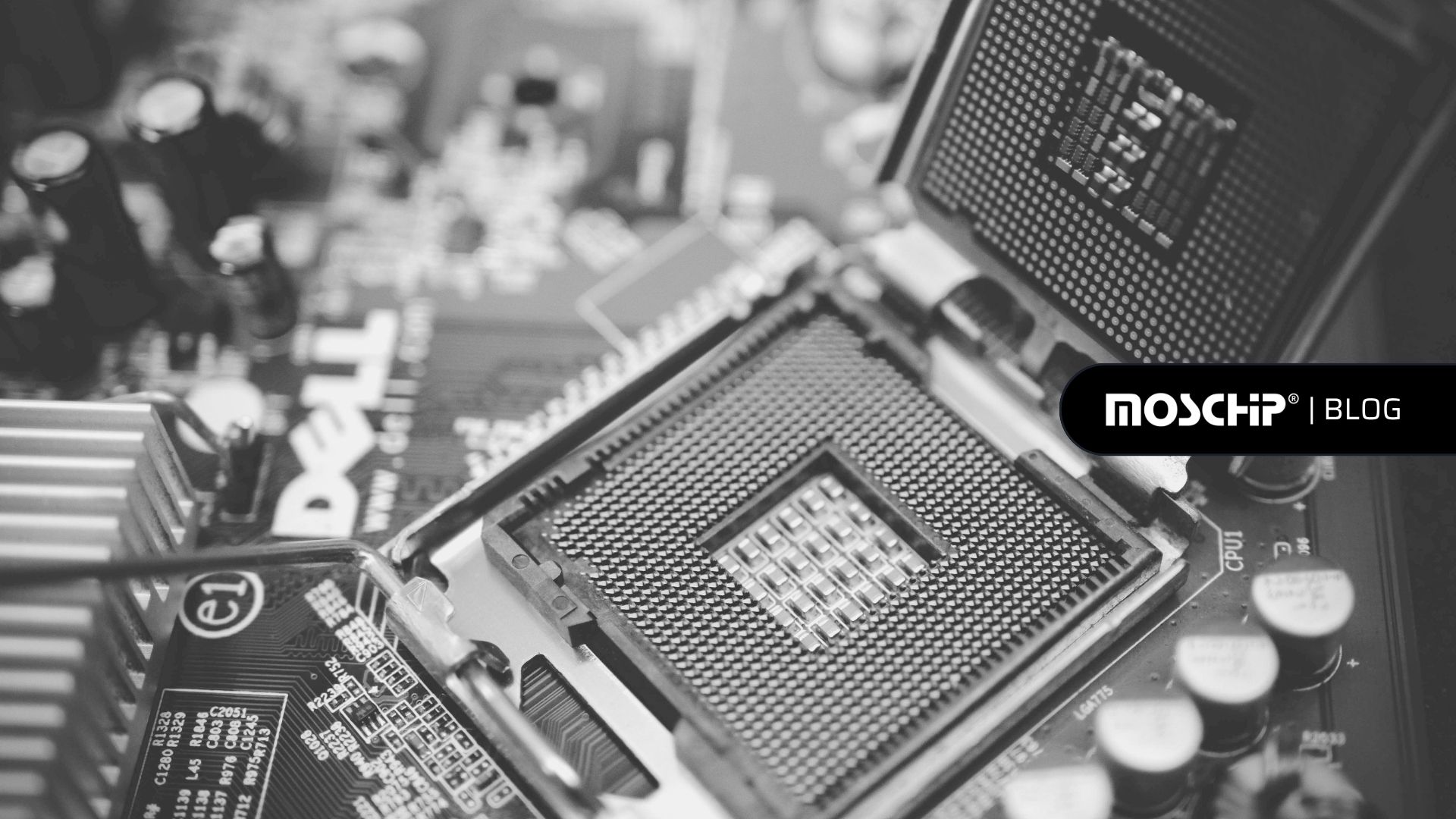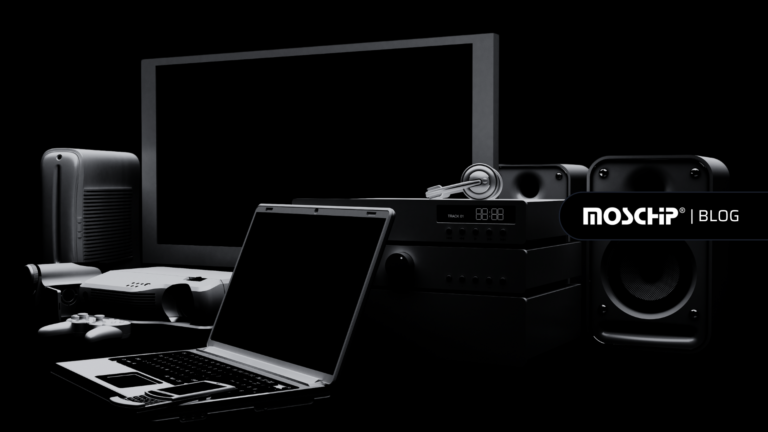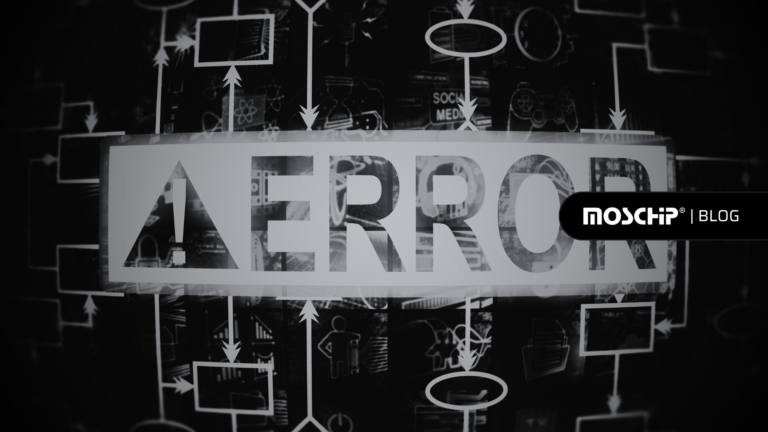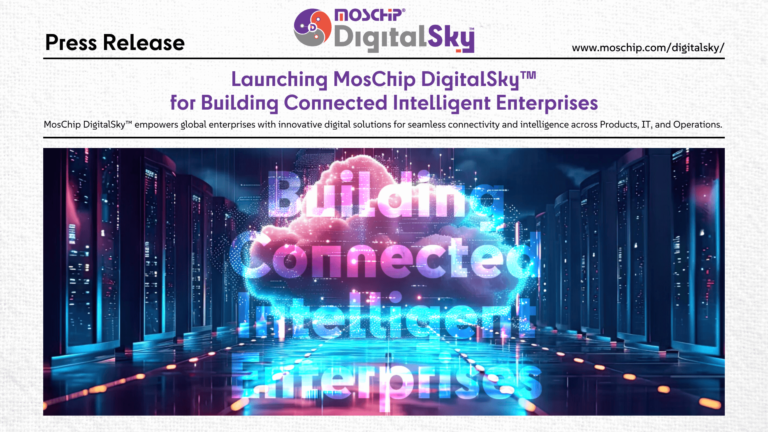Emerging Trends and Challenges in Embedded System Design
An embedded system is a microprocessor based hardware system integrated with software, designed to handle a particular function or entire system functionalities. With the rapid growth in terms of technology and development in microcontrollers, embedded systems have also evolved in various forms. Embedded software is typically developed for handling specialized hardware in operating systems such as RTOS, Linux, Windows, and others. Furthermore, with the drastic increase in the adoption of embedded systems in the areas of machine learning, smart wearables, home automation, electronic design automation, and the advancement of multicore processing, the future of the embedded system market looks quite appealing. Between 2022 and 2031, the global market for embedded systems is anticipated to expand at a 6.5 percent CAGR and reach about $163.2 billion, as per Allied market research group reports.
An Overview of Embedded System design
In general, an embedded system consists of hardware, software, and embedded OS. The hardware comprises a user interface, memory, power supply, and communication ports. In the software section machine level code is being created with the use of programming languages like C and C++. RTOS (Real Time Operating System) is the most sorted out OS which is often used for the embedded operating system. Embedded system generally falls into three categories starting with small scale, medium scale, and sophisticated ones.
If you approach embedded system design without a plan, it can be overwhelming. A systematic approach, on the other hand, helps to divide the design cycle into manageable stages, allowing for proper planning, implementation, and collaboration.
The embedded system design consists of the following steps
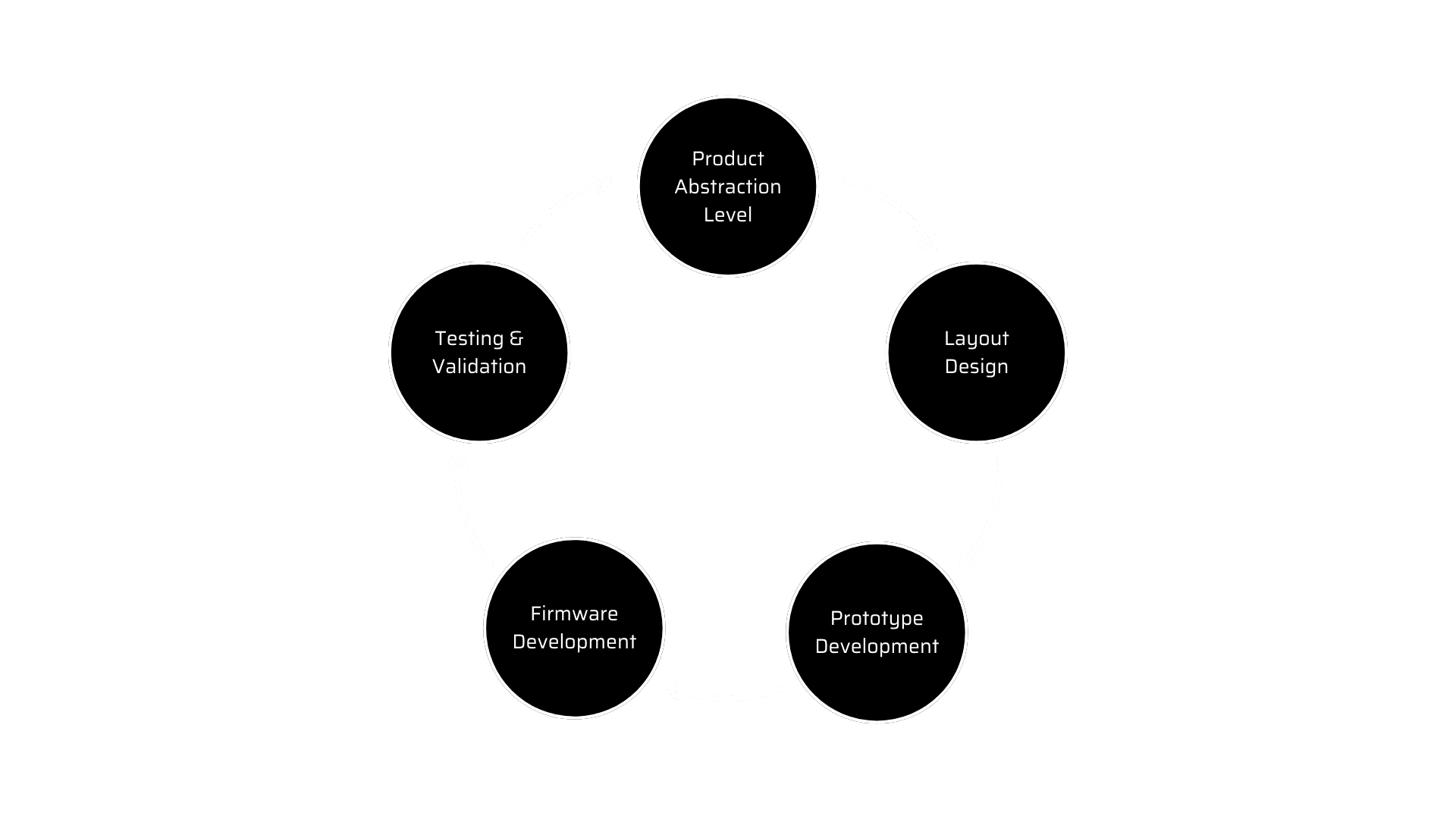
Embedded system design process
Product identification/Abstraction
It all starts with requirement analysis, which starts with analysing product requirements and turning them into specifications. The number of inputs/outputs and the logic diagram are not the only considerations but investigating usage and operating conditions aid in determining the appropriate specifications for the embedded system.
Layout design
The hardware designer can begin building the blueprint once the requirements have been translated into specifications. At this stage, the design team must select the appropriate microcontrollers based on power consumption, peripherals, memories, and other circuit components keeping in mind the cost factor.
Printed circuit board
A PCB is an assembly that employs copper conductors to link various components electrically and to support them mechanically. A printed circuit board design involves a brainstorming process in which best practices for features and capabilities, and reliability must be followed. When working with high-speed mixed-signal circuits, microprocessors, and microcontrollers it becomes more complicated. The common types of PCBs include single & double sided, multi-layer, flex, ceramic, etc.
Prototype development
When creating a new product for a specific market segment, time is very essential and plays a crucial part. Creating a prototype allows you to identify flaws and design advantages early on. It aids in identifying design flaws earlier, allows ideas to be tested, determines product feasibility, and streamlines the design process.
Firmware development
Writing code for embedded hardware (microprocessor, microcontroller, FPGA), as opposed to a full-fledged computer, is known as firmware development. Software that controls the sensors, peripherals, and other components is known as firmware. To make everything function, firmware designers must use coding to make the hardware come to life. Utilizing pre-existing driver libraries and example codes provided by the manufacturer will speed up the process.
Testing & validation
Stringent testing must be passed before an embedded system design is authorized for production or deployment. The circuit must undergo reliability testing in addition to functionality testing, especially when operating close to its limitations.
Trends in embedded system
Technology trends are accelerating, and devices have developed into distinctive qualities that fit in many categories and sectors, including embedded. Due to its outcomes being application-oriented and advance development areas in focus, embedded systems and devices will gain more popularity in the coming future while considering various business sectors and their applications. Let us see recent trends under embedded systems.
System-on-Chip Solution
System on Chip (SoC) solution is another new trend in embedded system technology. Many businesses provide SoC based embedded devices, and among these solutions is the market delivery of analog and mixed-signal integrated circuits as a popular one. ASIC with great performance, small size, low cost, and IP protection is one such solution. Due to their size, weight, and power performance, it is very popular for application specific system needs.
Wireless technology
The primary goal of building wireless embedded software solutions is information transmission and reception. The wireless embedded system plays an important role where physical connections are impossible in any setting, and the use of IoT peripherals and devices becomes vital. With the technological advances in the areas of wireless solutions like Z-Wave, Bluetooth, Wi-Fi, and ZigBee the applicability of embedded wireless systems has drastically increased.
Automation
Every system in use today is becoming more automated. Every sector of growth has some level of automation, largely due to developments in computers, robots, and advancement in intelligent technologies like artificial intelligence and machine learning. The usage of embedded devices speeds up the connection of multiple storage components and can easily link up with cloud technology to power the device’s quick expansion of cognitive processing. The applications based on facial recognition and vision solution offers benefits like image identification & capturing, image processing, post processing, etc, and alerting for security in real time. For example, a smart factory outfitted with IoT, and artificial intelligence can significantly boost productivity by monitoring operations in real time and allowing AI to make decisions that prevent operational errors.
Low power consumption
The optimization of battery-powered devices for minimal power consumption and high uptime presents a significant challenge for developers. For monitoring and lowering the energy usage of embedded devices, a number of technologies/modules and design techniques are currently being developed and these include Wi-Fi modules, enhanced Bluetooth that use less power at the hardware layer optimizing embedded systems.
Challenges in embedded systems design
Embedded system design is an important component and is rapidly evolving; however, certain challenges must be addressed, such as issues related to security & safety, updating system hardware and software, consumption of power, seamless integration, and verification & testing which plays a crucial part in improving the performance of the system. When developing an embedded system, it is critical to avoid unexpected behaviour that could endanger users. It should be designed so that there are no problems with life-saving functionality in critical environments. Most of the time embedded device is controlled using mobile applications, where it is critical to ensure that there is no risk of data takeover or breach.
Writing code for embedded hardware (microprocessor, microcontroller, FPGA), as opposed to a full-fledged computer, is known as firmware development. Software that controls the sensors, peripherals, and other components is known as firmware. To make everything function, firmware designers must use coding to make the hardware come to life. Utilizing pre-existing driver libraries and example codes provided by the manufacturer will speed up the process
Embedded technologies will continue to grow, manufacturers are now heavily relaying the usage of embedded devices starting from automobiles to security systems, consumer electronics to smart home solutions, and others. Admittedly, the embedded system may now be the most important factor driving device cognition and performance advancements.
MosChip offers the best design practices and the right selection of technology stacks to provide secured embedded systems, software development, and FPGA design services. We help businesses in building next-gen systems/solutions/products with services like platform enablement, firmware & driver development, OS porting & bootloader optimization, and Middleware Integration, and more across various platforms.
About MosChip:
MosChip has 20+ years of experience in Semiconductor, Product Engineering services & Software, security with the strength of 1300+ engineers.
Established in 1999, MosChip has development centers in Hyderabad, Bangalore, Pune, and Ahmedabad (India) and a branch office in Santa Clara, USA. Our software expertise involves platform enablement (FPGA/ ASIC/ SoC/ processors), firmware and driver development, systems security, BSP and board bring-up, OS porting, middleware integration, product re-engineering and sustenance, device and embedded testing, test automation, IoT, AIML solution design and more. Our semiconductor offerings involve silicon design, verification, validation, and turnkey ASIC services. We are also a TSMC DCA (Design Center Alliance) Partner.
Stay current with the latest MosChip updates via LinkedIn, Twitter, FaceBook, Instagram, and YouTube

